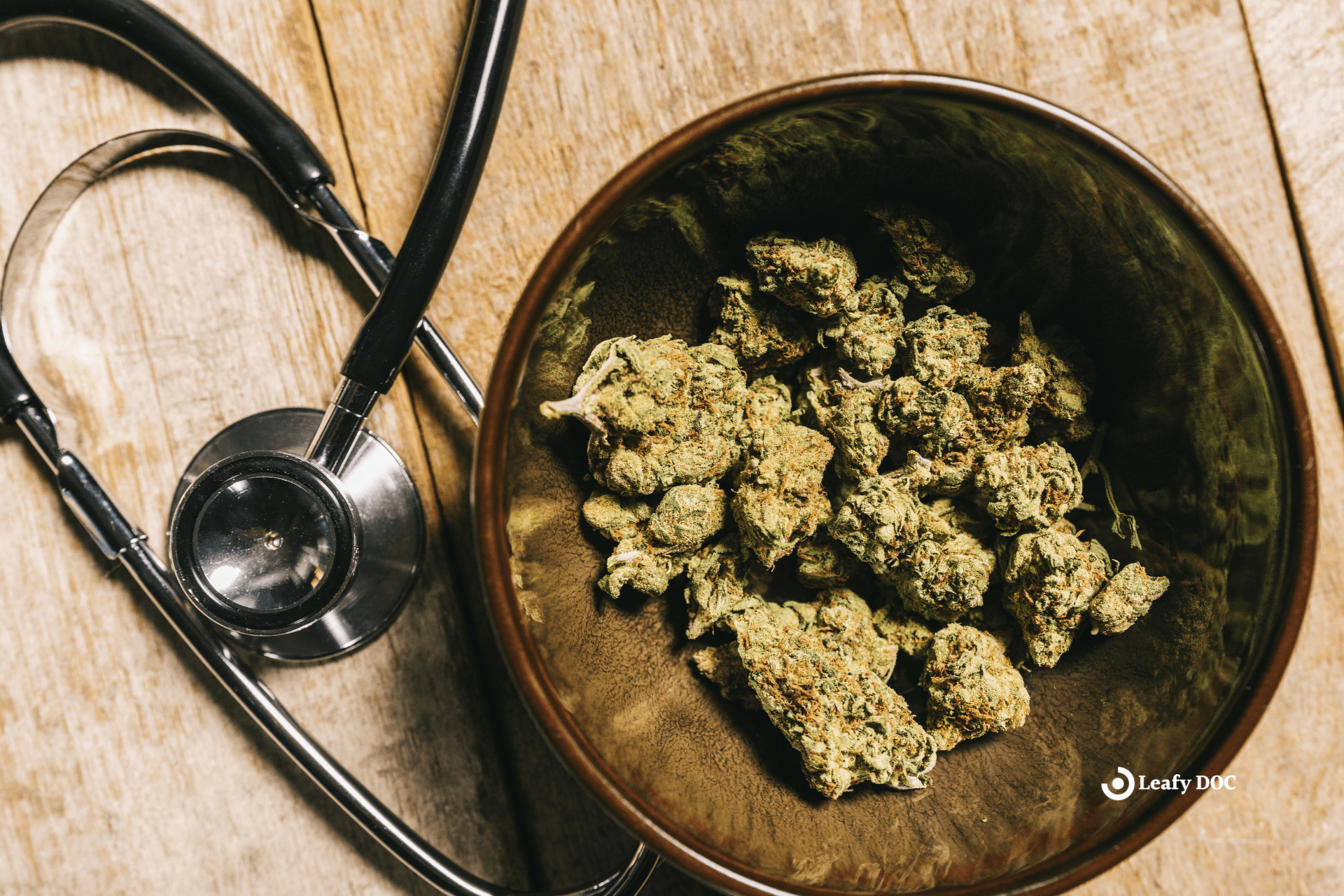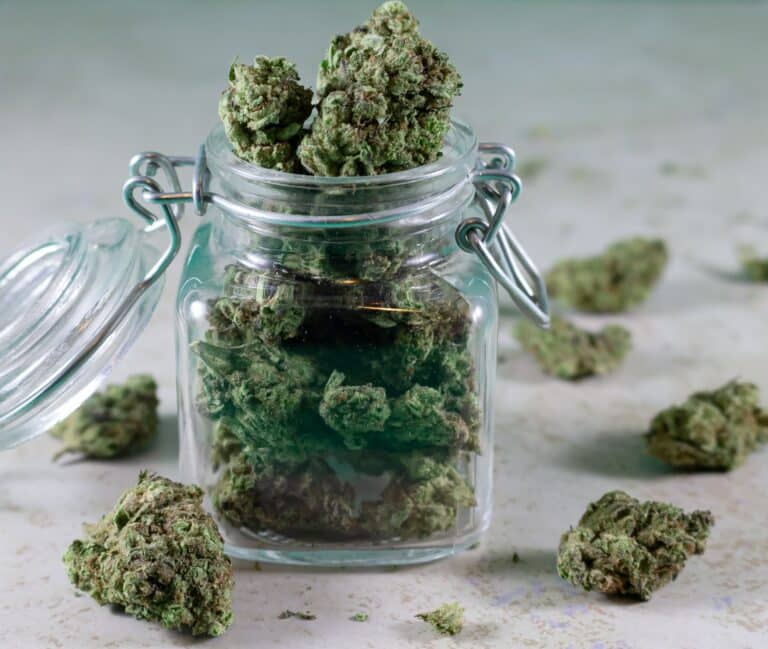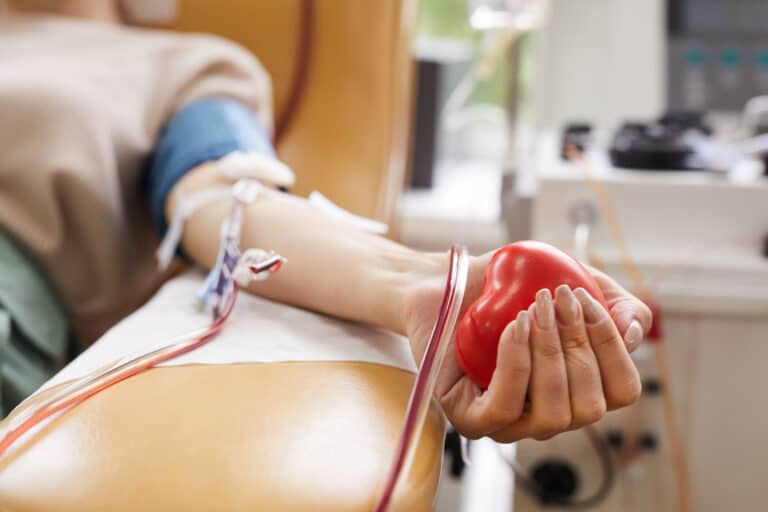Using Medical Marijuana Safely and Effectively: Dosage, Timing, and Delivery Methods
by Haley Mills · July 11, 2023
Learn how to use medical marijuana safely and effectively with our guide. Discover the optimal dosage, timing, and delivery methods for using cannabis for treatment.

Welcome to a deep dive into the practicalities of medical marijuana use. As more states and countries legalize this potent plant for medical use, patients and healthcare providers seek guidance on using it safely and effectively. This exploration will focus on three key aspects: dosage, timing, and delivery methods. We’ll cut through the haze, providing clear, evidence-based insights for optimizing the therapeutic benefits of medical marijuana.
Determining the Right Dosage: Less is Often More
When it comes to medical marijuana, pinpointing the “right” dosage isn’t as straightforward as you might think. Unlike many conventional medications, there isn’t a one-size-fits-all dosage recommendation. The best amount will depend on various factors, such as your body chemistry, the condition you’re treating, the strain of marijuana, and the delivery method.
Interestingly, with marijuana, less can often be more. This is due to a phenomenon known as the “biphasic effect.” At lower doses, marijuana can have one effect, but at higher doses, it may have a different or even opposite effect. For instance, while a small amount might alleviate anxiety, too much might actually cause anxiety or paranoia.
For this reason, a common recommendation is to “start low and go slow.” Begin with a low dose and wait to see how your body responds before taking more. This approach allows you to find the minimum effective dose that provides relief without unwanted side effects.
Timing: When to Use Medical Marijuana for Optimal Effects
The timing of medical marijuana use can significantly influence its effects. Some people with severe or neuropathic pain might find it more beneficial to use it in the morning, others in the evening, and some may need to use it multiple times throughout the day. This largely depends on the condition being treated and the desired effects.
For instance, if you’re using medical marijuana for sleep problems, taking it shortly before bed would be most effective. If you’re using it for chronic pain, you might find that regular daily doses are necessary to maintain pain relief.
Additionally, the type of marijuana and the delivery method can influence timing. Some strains, especially those high in CBD, are more activating and might be better suited for daytime use. Others, particularly those high in THC, can be more sedating and better suited for evening use.
Delivery Methods: Inhalation, Oral, Topical, and Beyond
The way you take medical marijuana can have a big impact on how quickly it works, how much gets into your system, and how long the effects last. Let’s take a look at the three most common delivery methods:
- Inhalation – This method includes smoking and vaporizing. It delivers a rapid onset of effects, often within minutes, which can be helpful for conditions needing immediate relief, like acute pain or nausea. However, the effects generally wear off within a few hours, and smoking can have adverse health effects for certain medical conditions.
- Oral – This includes edibles, tinctures, and capsules. The onset of effects is slower, often taking one to two hours, but the effects can last much longer, sometimes up to eight hours or more. This method can benefit conditions needing sustained relief, like chronic pain or insomnia.
- Topical – This method involves applying marijuana-infused creams, oils, or lotions directly onto the skin. It can be effective for localized pain, inflammation, or skin conditions. The effects are typically felt within minutes to an hour and can last a few hours.
Interactions with Other Medications: What to Watch Out For
Just like any other medication, medical marijuana can interact with other medications you’re taking. These interactions can increase or decrease the effectiveness of your medications or cause unwanted side effects.
For instance, marijuana might increase the effects of medications that slow the central nervous system, such as benzodiazepines or some types of antidepressants, potentially causing excessive drowsiness or slowed breathing. It could also potentially increase the risk of bleeding in combination with medications with blood-thinning properties, like warfarin.
Conversely, certain medications might affect how your body processes marijuana, altering its effects. Always inform your healthcare provider about all your medications and supplements, including medical marijuana. This will allow them to monitor for potential interactions and adjust your treatment plan.
In particular, it’s important to be aware of potential interactions if you’re taking:
- Sedatives – Marijuana can enhance the drowsiness caused by some sedatives.
- Muscle Relaxers – Combining cyclobenzaprine, a common muscle relaxer, with cannabis, a Schedule I substance, is generally not recommended due to potential heightened side effects
- Antidepressants – Some evidence suggests marijuana might interact with certain antidepressants, affecting how your body processes these drugs.
- Blood thinners – Marijuana might increase the blood-thinning effects of these medications, potentially leading to bruising or bleeding.
- Certain heart medications – Marijuana can increase heart rate, which could interfere with medications meant to control heart rate.
- Drugs metabolized by the liver – Enzymes in the liver break down marijuana, which could interfere with how the liver breaks down other drugs, potentially leading to higher or lower levels of these other drugs in your body.
Remember, the goal is to ensure that your medications work together for your benefit rather than against each other. Your healthcare provider can help you navigate these complexities, ensuring your treatment plan is safe and effective.
Side Effects: Recognizing and Managing Potential Risks
While medical marijuana can offer significant therapeutic benefits, it’s also important to be aware of potential side effects. These can range from mild to more serious, and not everyone will experience the same side effects or experience them to the same degree.
Common adverse effects of medicinal cannabis can include dry mouth, red eyes, increased appetite, short-term memory loss, and temporary impairments in coordination or reaction time. Users might sometimes experience anxiety, paranoia, or increased heart rate, particularly with higher doses.
If you experience side effects, a few strategies can help. You might try reducing your dosage, as many side effects are dose-related. Switching strains or delivery methods might also help. For instance, if smoking causes coughing or respiratory discomfort, try edibles or topicals instead. If side effects persist or are distressing, consult with your healthcare provider.
Personalizing Your Approach: How Individual Factors Influence Outcomes
When it comes to medical marijuana, there’s no one-size-fits-all approach. Various factors can influence how your body responds, including genetics, metabolism, tolerance, and the specifics of your condition.
This means that what works for someone else might not work the same for you. It’s important to be patient, as finding the right regimen can take some trial and error. You might need to experiment with different strains, delivery methods, dosages, and timing to find what works best.
Your healthcare provider can help guide this process, but it can also be helpful to keep a journal noting what type, how much, and when you use medical marijuana and the effects you notice. This can help you identify patterns and fine-tune your approach.
Navigating Legal Terrain: Staying Informed About Medical Marijuana Laws
The legal status of medical marijuana varies widely across the globe and even within individual countries. In the United States, for instance, medical marijuana was legal in many states but remained illegal under federal law and is included in the Controlled Substances Act.
It’s crucial to stay informed about the state medical marijuana laws in your specific location. This includes not only whether medical marijuana is legal but also regulations regarding its use, such as where you can consume it, how much you can possess, and how to obtain it legally.
Local health departments and online resources can often provide current information, and organizations like NORML (the National Organization for the Reform of Marijuana Laws) offer comprehensive, state-by-state guides in the U.S.
Special Considerations: Use in Elderly and Pediatric Populations
While medical marijuana can be beneficial for a range of conditions, special considerations apply when it comes to elderly and pediatric populations.
Elderly – Older adults may be more sensitive to the effects of marijuana and may also have a higher risk of interactions with other medications. Careful dosing and close monitoring are important, and non-smoking delivery methods are often preferred due to potential respiratory concerns.
Pediatric – The use of medical marijuana in children and adolescents is a complex issue. Some evidence from clinical trials supports its use for certain conditions, like severe forms of epilepsy. However, because the brain continues to develop into the mid-20s, there are concerns about potential impacts on cognitive development and mental health. A healthcare provider should closely supervise any use.
In both these populations, the decision to use medical marijuana should be made in close consultation with healthcare providers, weighing the potential benefits against the risks.
Medical Marijuana for Mental Health: Anxiety, Depression, and PTSD
Medical marijuana is increasingly recognized for its potential therapeutic effects on mental health conditions, including anxiety, depression, and Post-Traumatic Stress Disorder (PTSD).
Small amounts of THC or CBD-rich strains can help reduce symptoms of anxiety. However, it’s important to note that high doses of THC might actually increase anxiety in some individuals due to its psychoactive effects.
In the case of depression, some research suggests that medical marijuana could help alleviate depressive symptoms, especially in people who have not responded well to traditional treatments. However, it should not be considered a first-line treatment and should be used under the supervision of a healthcare provider.
For those suffering from PTSD, medical marijuana might offer some relief by reducing anxiety, insomnia, and nightmares – common symptoms of PTSD. Again, the use should be supervised by a healthcare provider and should ideally be part of a comprehensive treatment plan.
It’s essential to remember that while medical marijuana might help manage symptoms, it’s not a cure for these conditions. It’s also not suitable for everyone and can sometimes even exacerbate symptoms, especially with higher THC strains or in individuals predisposed to certain mental health conditions.
Addressing Common Myths and Misconceptions About Medical Marijuana
When it comes to medical marijuana, misinformation abounds. Let’s debunk a few common myths:
- Myth: Medical marijuana is a gateway drug. Fact: There’s no evidence to suggest that marijuana use leads to the use of harder drugs. It’s worth noting that most people who use marijuana do not go on to use other “harder” substances.
- Myth: You can overdose on marijuana. Fact: While it’s possible to consume too much marijuana and experience uncomfortable symptoms (often called “greening out”), there are no recorded cases of a fatal marijuana overdose.
- Myth: All marijuana gets you high. Fact: Not all marijuana is psychoactive. High CBD and low THC strains don’t produce the “high” commonly associated with marijuana.
- Myth: Medical marijuana is a cure-all. Fact: While medical marijuana can help manage symptoms of various conditions, it’s not a cure-all nor suitable or effective for everyone. It’s always best to discuss your treatment options with a healthcare provider.
A Discussion on Long-Term Use: Benefits and Potential Pitfalls
Long-term use of medical marijuana can offer sustained relief for chronic conditions such as pain, epilepsy, or multiple sclerosis. However, it’s not without potential risks.
On the upside, patients who respond well to medical marijuana may experience improved symptom control, better quality of life, and decreased use of other medications, especially opioids.
On the downside, long-term use could potentially lead to tolerance, where larger doses are needed to achieve the same effect. There’s also a risk of dependence, where users might experience withdrawal symptoms if they stop using. Other potential risks include cognitive changes, mental health effects, and respiratory issues if smoked.
The key to long-term use of medical marijuana is regular monitoring by a healthcare provider. This allows any potential issues to be caught early and managed effectively, ensuring that the benefits continue to outweigh the risks.
Charting a Course Towards Effective and Safe Use of Medical Marijuana
In this ever-evolving landscape of medical cannabis, armed with the right information, individuals can navigate toward safe and effective use. By understanding the critical aspects of dosage, timing, and delivery methods and acknowledging the importance of personalized treatment, patients and healthcare providers can harness the potential of this ancient plant for therapeutic benefits. As the dialogue continues and research progresses, the future of medical marijuana promises new discoveries, better understanding, and, hopefully, enhanced well-being for those who turn to it for relief.
Last Updated: August 8, 2024
Get Approved for Your Medical Marijuana Card in Minutes!

Get Your Medical Card
Connect with a licensed physician online in minutes

Like This Article?
Share with your friends
Table of Contents
Keep Reading
-
Shop the Best Missouri Medical Marijuana Products
Find the perfect Missouri MMJ products for your needs. Browse a wide selection of strains, edibles, tinctures, and more. Get your medical marijuana now!
-
Are Cannabis Users Allowed to Donate Blood?
Are you a cannabis user wondering if you can donate blood? Learn the facts about cannabis use and blood donation. Explore our page to see if you qualify and what restrictions may apply.
-
Discover The Locations Of Ohio’s Medical Marijuana Dispensaries
Looking for medical marijuana in Ohio? Discover the top dispensaries and start your healing journey today. Find Ohio dispensary locations now!



